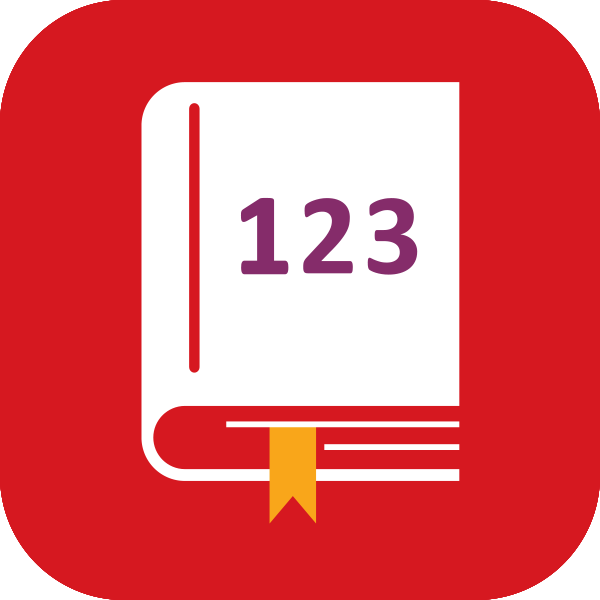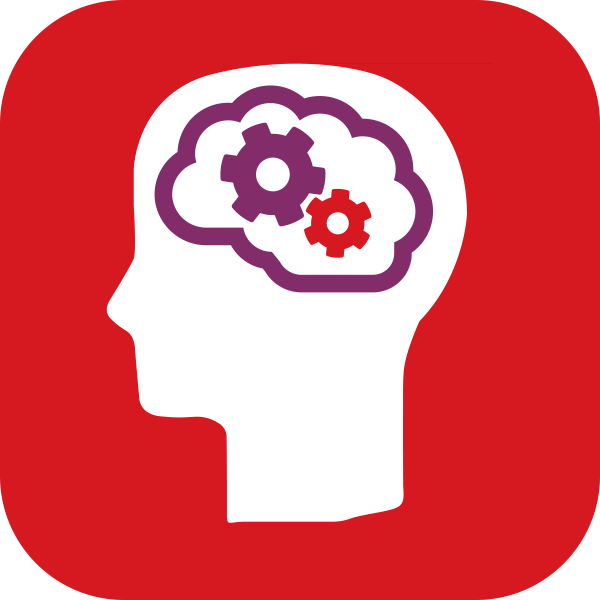The French International School (FIS) is one of the oldest and largest international schools in Hong Kong, catering for around 2700 students from 40+ nationalities, from Reception to Year 13. Established over 50 years ago, the school has two streams, French and International. The international primary section has two campuses, both run from Reception to Year 6. Their maths and English curriculum is based on the English National Curriculum. All other subjects are delivered through the International Primary Curriculum.
Ross Armitage, Head of Primary looks at the challenges of lockdown and returning to school.
Adapting and learning
In response to the Covid-19 pandemic, schools were closed in Hong Kong from the end of January so we had to think quickly and creatively about a number of challenges including teaching, admissions and ultimately, the return to school.
During the school closure period, the school management and leadership teams met often to plan, reflect and develop online learning via Google Classrooms and learning platforms. We had to adapt and challenge our thinking about online learning often, considering the learning needs of the students. That process was supported by using data we already had from the Progress Test for Maths (PTM) and the New Group Reading Test (NGRT), and in response to the feedback received from both our parents and teachers. For example, as we switched to online learning, teachers were able to allocate the right level of e-books and comprehension activities using this data.
Admissions testing
In term two, international schools naturally have families planning to relocate at the end of the academic year. Working with our admissions team, we normally provide opportunities for prospective students to come into class as part of the admissions process. However, as the school was closed we had to adapt our approach.
We use the Placement Test from GL Education for older students as well as our own fact-finding form. The Placement Test really came into play to give us an insight into the student’s strengths and areas for development. As the tests can be delivered remotely this gave us more flexibility and, where appropriate, we used Google Meets with prospective families and students.
We did have a small window in March where Hong Kong schools could initiate face-to-face assessments in school. With our admissions team and health team, we devised protocols carefully for this to happen. As a result, we have been able to ensure that our classes are full for the next academic year and that we are informed about the learning needs of those students in advance.
Planning for a phased return
We also had to carefully plan for the phased return of students, working in accordance with local government guidelines. All teams including pedagogical, communications, HR, health assistants and board members were involved in this process.
At FIS, like all international schools in Hong Kong, we had to think carefully how the new norm would look for the students and teachers in school. During the phased return we had to create and run different timetables as our older students, Year 3 to Year 6 returned full time while our Year 1 and Year 2 students returned for mornings in school and online learning in the afternoon.
We had to plan creatively to ensure students had access to all areas of the curriculum and we had to help students adjust to the transition. In the international primary, that meant starting with lessons from the school health team, mindfulness activities and increased access to our school counsellors and before each class resumed, the international primary teachers led a Google Meet to inform students about the changes they could expect in their routine and classrooms.
We knew it was essential to assess where the students were in their learning but we questioned when and how. We usually use the New Group Reading Test (NGRT) at the end of term one and the end of term three. We use the Progress Test in Maths (PTM) at the end of term three. These assessments help us monitor and check their progress against the expectations from the Cognitive Abilities Test (CAT4) and we always use the data packs to plan carefully for each student and cohort's needs.
At first, we planned to complete the tests in September. Our students had been online learning and Google meeting with their teachers for 14 weeks and therefore their wellbeing was paramount to our staff so the question of when or if to assess the students upon return was difficult.
However, because we were able to open the school for most of the last half term we came full circle on our thinking and decided to complete the tests in the final weeks of the term. Testing as soon as possible would help us to use the information to plan our intervention and support programs in term one. To achieve this, we had to work closely with our health team to devise a protocol for using laptops in school time.
What the results showed us
The test results were interesting and proved it was well worth doing. A significant number of students had made good or better progress than expected although there were some students who did not score as expected. In particular, when we analysed the NGRT data most students had maintained or improved their standard age score (SAS) and reading age. Importantly, we have this information now to inform our teaching for next term.
Moving forward, we have planned how we will support and challenge students in term one of the next academic year and beyond. As an international primary leadership team, we have developed a distance learning policy which we can be confident is effective for our students’ continued learning and we have the data to support and validate our approach.




